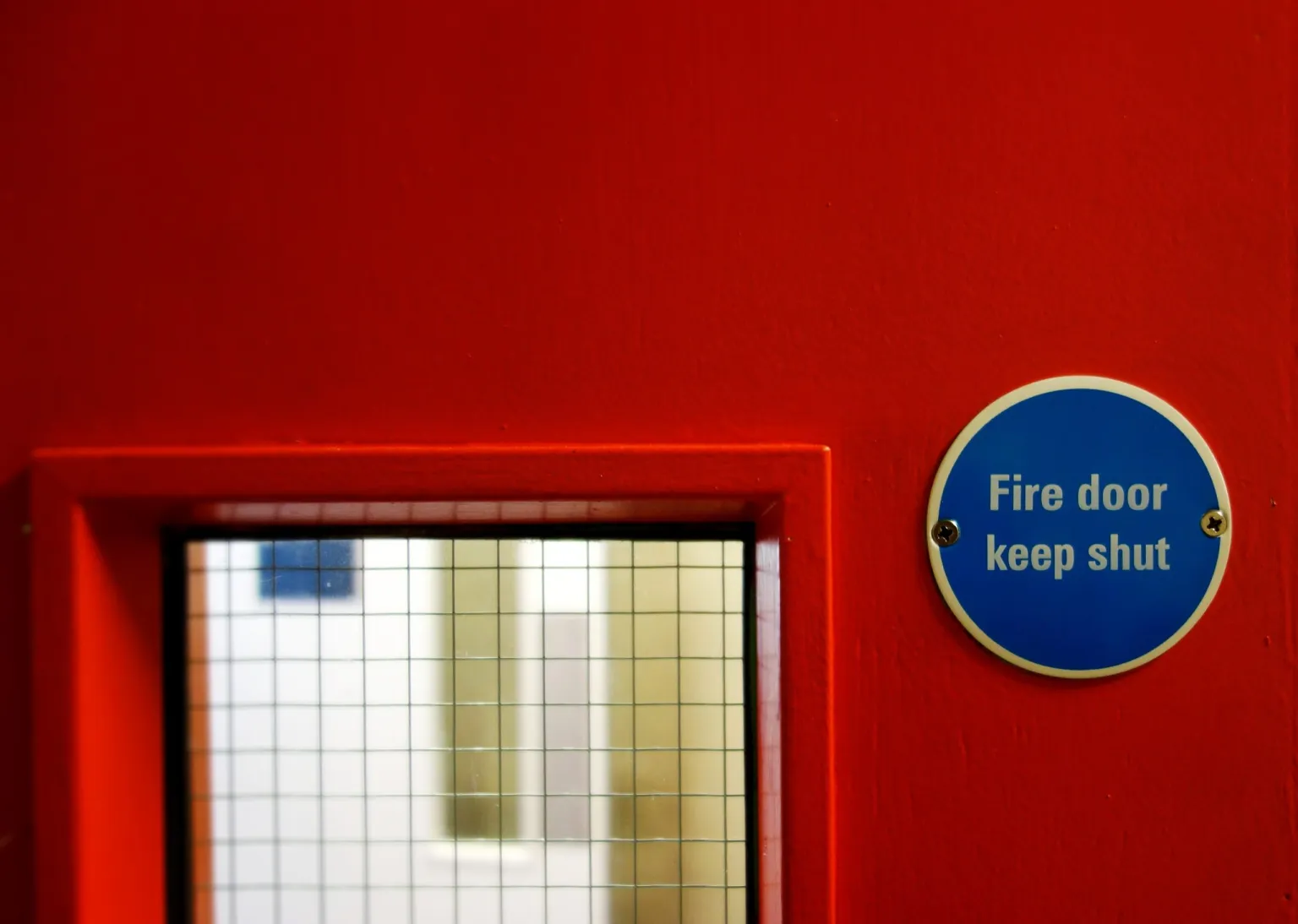Seven in ten (70%)1 social housing tenants lack confidence in the fire safety of their home and two thirds (68%) do not feel the Government has done enough to improve fire safety over the past five years. Ahead of the imminent Fire Safety (England) Regulations 2022, JELD-WEN explores the critical role of fire-door safety, what’s due to change and what should happen to better protect tenants in its new white paper, Fire Safety: Time to Shut the Door on Risk.
Prepared by fire-door specialists at JELD-WEN, the thought-provoking document sets out the purpose and effectiveness of fire doors, fire-door regulations, manufacturing, installation and maintenance, before exploring research which looks at confidence amongst the social-housing community and wider factors, such as the trade skills gap and housing crisis.
It sets a benchmark for perceived progress in the industry, noting that just 30% of people living in social housing feel assured that their home is sufficiently protected against the threat of a fire. Crucially, ahead of the Fire Safety (England) Regulations on 23 January 2023, it also highlights some of the additional measures that can help deliver that progress, with a strong focus on enabling a much more rigorous and transparent approach through stages in the fire-door safety chain.
Amongst additional proposed measures, the white paper calls for:
- A legal requirement for all fire-door installations and maintenance work to be conducted by qualified installers, validated through a UKAS-accredited certification scheme.
- A mandatory standard which outlines how fire-door information should be stored, updated and shared. To include manufacturer data and third-party certification, installation details, maintenance records and blueprints, all stored in an easily accessible digital format.
- A legal requirement to mark every fire door in the UK with its performance and the name of the manufacturer.
Writing on the white paper, Glyn Hauser, R&D Senior Group Manager at JELD-WEN, comments: ‘Our home is intended to be a safe haven so it’s concerning that millions of social-housing tenants still don’t feel that theirs would be adequately protected in the event of fire. While it is our hope that new regulation will help to refocus fire-safety standards and build reassurance for tenants, it is our belief that there is still scope to do much more.
‘A fire door, for example, can save lives but only when installed and maintained correctly. However, there is still no legal requirement for this critical safety product to be installed or maintained by a person with any specific formal qualification. We also believe the opportunity to apply a standardised or regulated ‘Golden Thread’ approach to the manufacture, installation and maintenance of fire doors could help build better traceability, accountability and trust.’

The launch comes at a pivotal time for the social housing sector, as it prepares to introduce many of the key changes brought in by new regulation – to include quarterly fire-door checks and the better provision of fire-door safety information.
Indicative of the pressing need for some of these critical measures in respect of fire-door safety, JELD-WEN’s research also found:
- Just a quarter (25%) of social-housing tenants state they have a good understanding of fire doors and how they work
- One in five (17%) admit that they couldn’t tell the difference between a fire door and a standard door
- Only a third (32%) feel that fire doors have been adequately maintained in their property
Glyn adds: ‘Clearly, there is still a huge task ahead when it comes to enabling improved fire safety, particularly in respect to fire doors. This whitepaper provides information about fire-door safety, what is due to change and what we believe should change to elevate standards across the UK. It is our hope that it may prove a valuable resource for those operating in the industry as we work towards a future where every tenant is able to feel safe at home.’


